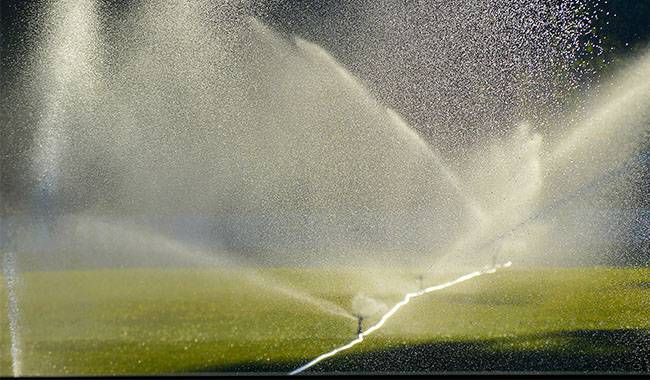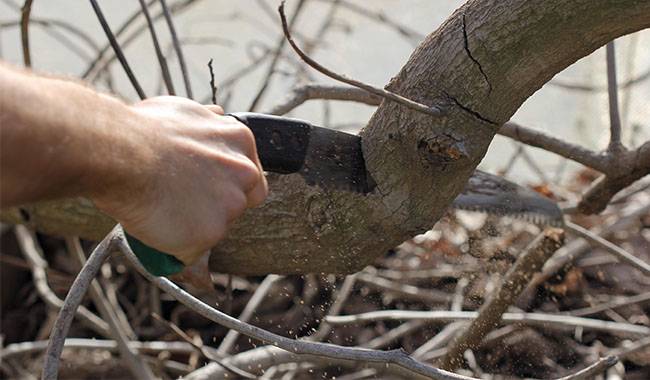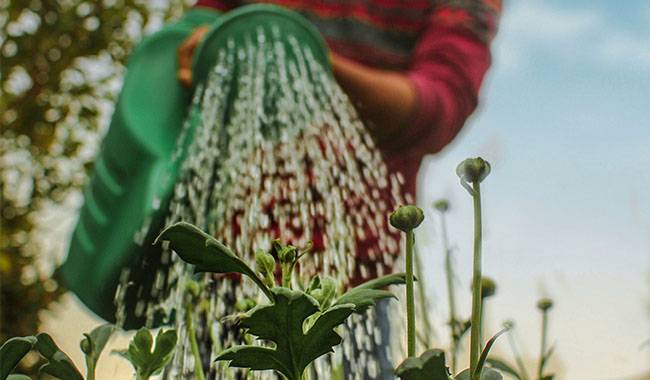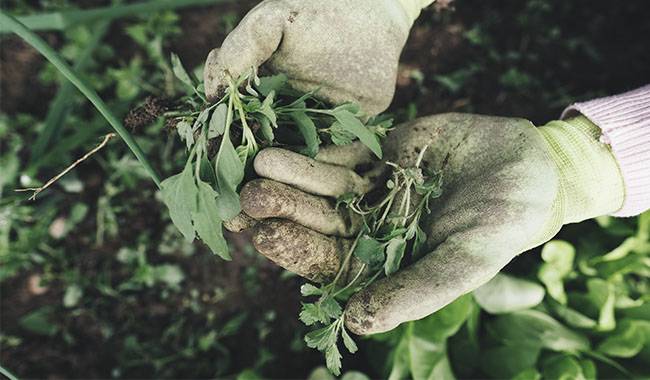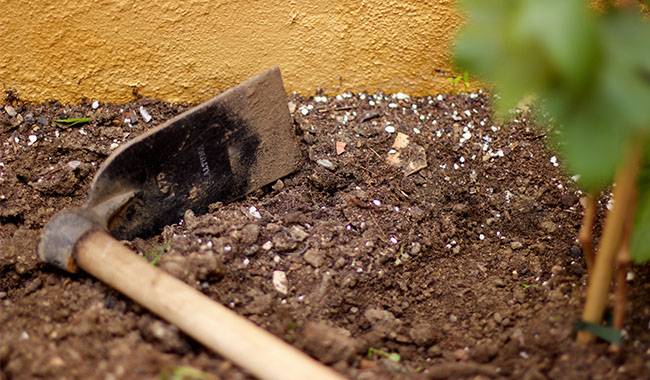
Late spring and early summer are the main loads for crop formation and yield. Depending on physical conditions and soil fertility levels, the fertilizer package can be applied to start in the fall or split into fall and spring applications. For deep-rooted crops, the main fertilizer in the form of a compound or complex fertilizer (nitro phosphate, nitroamine, potassium nitrate, ammonia phosphorus, and other forms) applied in the fall and spring is sufficient.
You can prepare the necessary basic fertilizer mixture yourself and apply it to the crop.
THE MAIN STAGES OF FERTILIZER APPLICATION
However, as a rule, the basic fertilizer application is not enough to form a crop with not only high but also adequate quality yield. For this reason, additional fertilization of plants is carried out, through root application of nitrogen, nitrogen-phosphorus, phosphorus-potassium, and potassium fertilizers, nitrogen fertilizers, and trace elements – for foliar application.
Each plant, especially those forming fruit or berry harvests, requires additional fertilization at certain times of the year or at certain stages. Early maturing crops usually have 2 such stages in the growing season and late-maturing crops usually have 3-4 such stages, excluding fall applications in preparation for the next year’s harvest.
The increased nutrient requirements of fruit crops and berries occur.
- at the stage of first flower buds.
- at the stage of germination or flowering
- at the bud or bloom stage, at the flowering stage, at the bloom and fruiting stage.
In your garden journal, make a list of crops whose periods coincide, and be sure to fertilize a combined group of crops at these stages (called fertilization days). There can be several such groups. Fertilize the designated groups appropriately, depending on the stage. This allows you to allocate the number of days to fertilize and reduce the amount of time spent on each tree or shrub on each fertilization day.
Fertilize fruit crops annually on poor soils and every 2-3 years on fertile soils. Foliar fertilization in the form of foliar sprays of micronutrients is also essential in crop care. Micronutrients improve their resistance to diseases and stimulate the main biological processes during the growing season.
HOW TO PREPARE ORGANIC FERTILIZER SOLUTIONS?
For the preparation of solutions.
- Slurry: 5-7 parts of water to 1 part of manure.
- Bird droppings or manure diluted at a ratio of 1 part solid organic matter to 10-12 parts water.
Typically, 2.5 Gal (10 liters) of solution should be made under the dressing for every 11 square feet of area.
HOW TO APPLY FERTILIZER CORRECTLY?
In arboreal crops, the growing roots with suction function are located at the edge of the canopy. In order for the fertilizer to reach the roots, you need to.
- Dig a trench with a shovel along the edge of the canopy of the fruit cultivation and pour in the organic fertilizer fermentation solution at the rate of 1 bucket per 80inch (2 meters), or make mineral fertilizer in a circle, not exceeding 100-150 g per mature fruit tree. For young trees, you can make 2-3 circles and apply a calculated dose of fertilizer per tree. If the organic fertilizer is not enough, distribute the organic fertilizer solution in an area of 10-13foot (3-4 m), dig or drill several holes in the circle – not deeper than 6inch (15 cm), spread the fertilizer into it (distribute it to all the holes), water it, absorb it and cover it with soil. Carry out watering work. It is necessary to increase the chances of fertilizer entering the lower area of the root system location by more than 6inch (15 cm)).
- You can limit yourself to drilling or digging holes, applying solid mineral fertilizers, or pouring a solution of organic matter, covering everything with soil and water. Obviously, the owner of a garden or a large estate can choose his own application scheme.
The roots of shrubs are usually in the upper 6-8inch (15-20 cm) of soil and they can be harmed when digging a trench or drilling a hole. To avoid this, carefully remove the top layer of soil around the shrub (you can use a rake), apply an organic solution (at a low concentration so as not to burn the roots) or spread a solid fertilizer, cover with soil (you can mix it with a rake) and water so that the water gets below the roots, but do not spread a large puddle around it.
FERTILIZATION ACCORDING TO PLANT DEVELOPMENT STAGE
Germination period
During the germination period, which usually runs from April to May, trees and shrubs need nitrogen. At the beginning of this stage, we provide selected groups with 75-100 grams of nitrogen fertilizer (nitrate or urea) per tree, as well as organic matter in the form of humus, poultry manure, or manure solution. This will allow the trees to open their leaves and start the photosynthesis process in a shorter period of time.
Germination, the beginning of flowering
Fertilization at this stage is very important because the crop uses nutrients not only for yield formation but also for its quality indicators (sugars, vitamins, trace elements composition, organic compounds).
Fertilizers can be root fertilizers, applied under irrigation in the form of dry fertilizers or solutions. Liquid fertilizers are more effective because dissolved nutrients are received and absorbed more quickly by the root system. At this stage, plants need more phosphorus and potassium.
The best fertilizers will be nitrated phosphorus, ammoniacal phosphorus, potassium nitrate (potassium sulfate), or a phosphorus-potassium mixture. The dose of fertilizer fluctuates in the range of 200 g/tree, depending on the age of the tree, crown development, and the size of the yield formed. During this period, prick 2-3 cups of grass ash under each tree and make a foliar spray, which can include trace elements, including calcium, iron, boron, and magnesium, as well as the basic elements: nitrogen, phosphorus, and potassium (buy ready-made ones at the store).
You can prepare your own solution by mixing boric acid, urea, and iodine with 1 dessert spoon, 2 tablespoons with sliders, and 1 incomplete coffee spoon for every 2.5 Gal (10 liters) of water, respectively.
Please remember! In order not to burn the plants, the concentration of the spray solution should not exceed 1%.
Under the best accompanying conditions, it is recommended to apply foliar sprays. Otherwise, it may prove to be ineffective.
In the early crops in June there is a period of ovary growth and harvest (raspberries, currants). Berries during this period are best fertilized with 1-2 cups of grass ash, which contains high levels of trace elements. Spraying on the berries is best avoided.
Ovary growth, formation of harvest, and the beginning of fruiting in fruit crops are usually in July. During this period, fertilize the crop only in poor soils with external signs of nutrient deficiency. The third supplemental fertilization is usually postponed until autumn to prepare the crop for the following year or can be done in 1-2 years on fertile soils.
More related information about fertilizer




